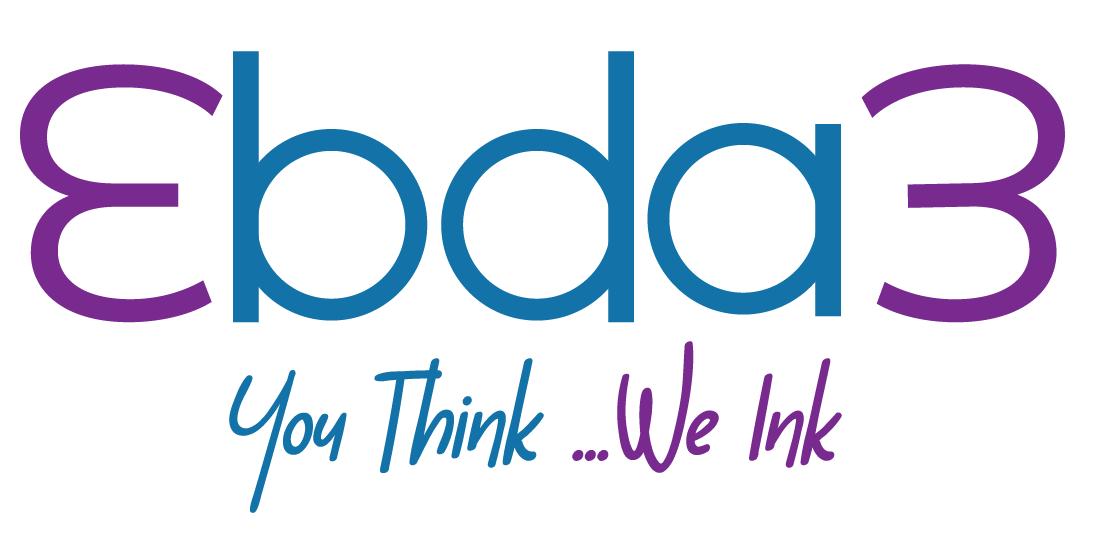From Data to Design: Transforming Your Professional Narrative Visually

In today’s competitive job market, it’s not enough to simply list your qualifications on a resume or LinkedIn profile. To truly stand out, you need to tell your professional story in a compelling and visually engaging way. In this blog post, we’ll explore how you can transform your professional narrative from data to design, leveraging the power of visual storytelling to captivate employers and recruiters.
Leveraging Data Visualization:
Data visualization is a powerful tool for presenting complex information in a clear and concise manner. Whether it’s showcasing your career progression, highlighting key achievements, or illustrating your skills and competencies, data visualization allows you to communicate your professional narrative effectively. Consider using charts, graphs, and infographics to visualize your accomplishments and make them more memorable for recruiters and hiring managers.
Infographic Creation:
Infographics are a popular and effective way to convey information visually. By combining text, graphics, and icons, you can create visually appealing infographics that showcase your skills, experiences, and achievements in a visually compelling format. Focus on presenting information in a clear and concise manner, using eye-catching visuals to draw attention to key points and statistics.
Storytelling through Design:
Design plays a crucial role in shaping your professional narrative. From color schemes and typography to layout and imagery, every design element should work together to tell a cohesive and compelling story. Think of your resume or portfolio as a visual narrative, with each section contributing to the overall story of who you are as a professional. Use design elements strategically to evoke emotion, convey personality, and leave a lasting impression on recruiters and employers.
Visual Resume Development:
A visual resume is a modern and innovative way to present your skills and experiences to potential employers. Unlike traditional resumes, which are often text-heavy and uninspiring, visual resumes use design elements such as graphics, icons, and typography to create a visually engaging document that captures attention and communicates your value proposition effectively. Consider using online tools or graphic design software to create a custom visual resume that showcases your unique talents and achievements.
Interactive Portfolios:
Interactive portfolios take visual storytelling to the next level by allowing users to engage with your content in a dynamic and immersive way. Whether it’s a multimedia presentation, a virtual tour, or an interactive timeline, interactive portfolios provide a unique opportunity to showcase your skills and experiences in a memorable and engaging format. Consider creating an interactive portfolio that allows users to explore your work, interact with multimedia content, and learn more about your professional journey.
Conclusion:
In an increasingly visual world, transforming your professional narrative from data to design is essential for standing out in the job market. By leveraging data visualization, infographics, storytelling through design, visual resume development, and interactive portfolios, you can create a visually compelling narrative that captivates employers and recruiters and sets you apart from the competition. So, unleash your creativity, embrace visual storytelling, and transform your professional narrative into a visual masterpiece.





